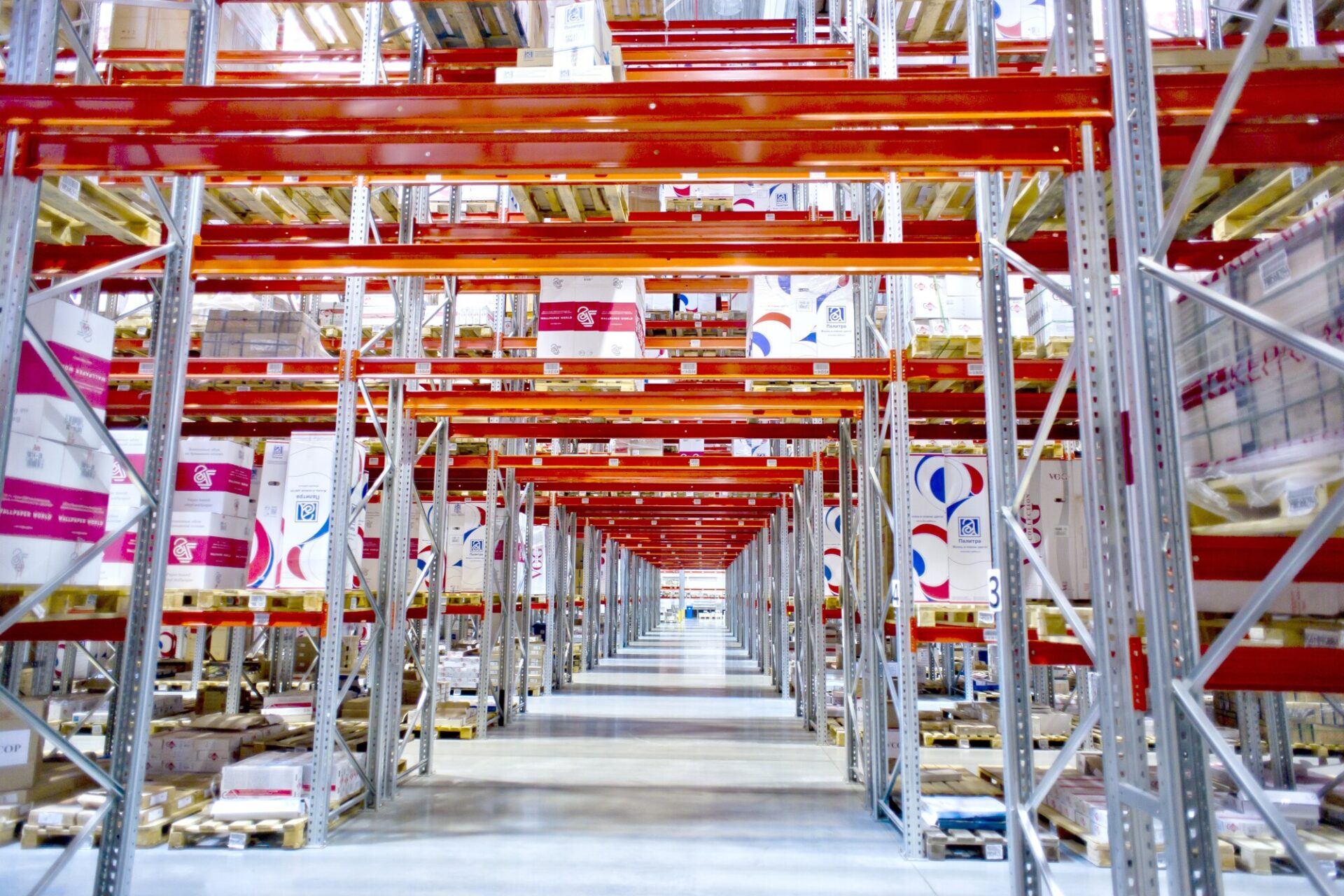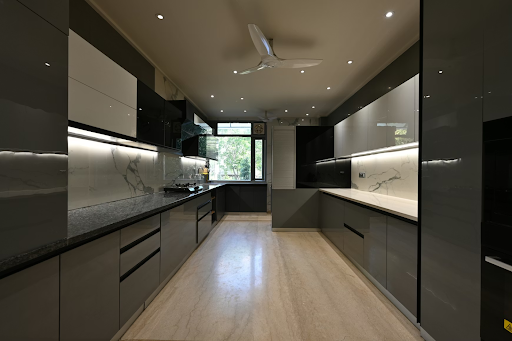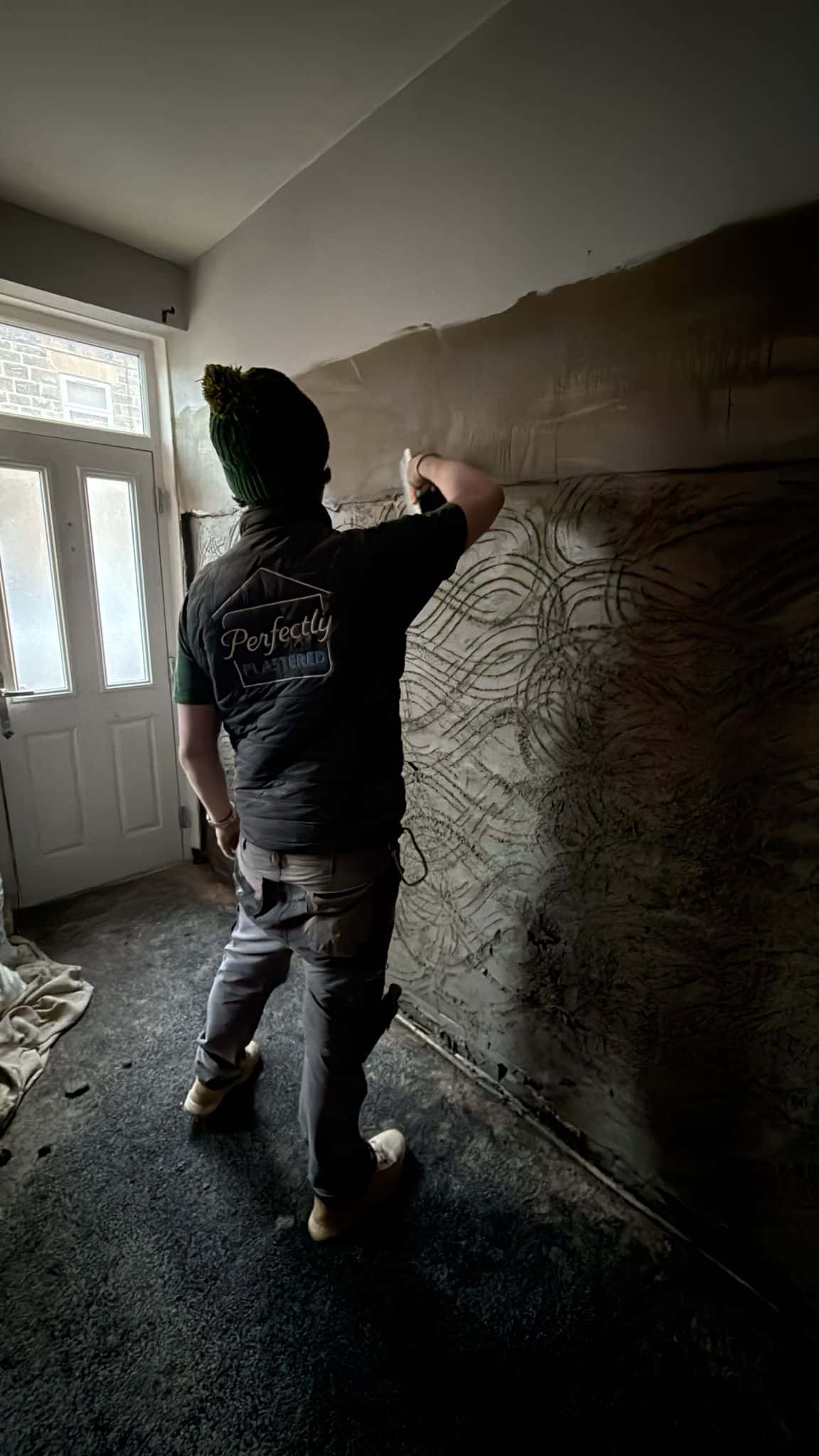Your company can’t run efficiently at half capacity. That’s why it’s time to expand your warehouse.
What’s the next step? Before you design a warehouse, you need to find out how much it will cost. You might even be tempted to depend too much on those estimates.
But those cost estimates don’t take everything into account. What do you need to know to get more accurate projections?
Read on to learn what you should consider in the cost to build a warehouse.
Table of Contents
Construction and Materials Costs
The cost of building a warehouse is comprised of numerous factors, including construction and material costs. Construction costs refer to the labor and expertise associated with constructing the warehouse via a contract or hired professional. Material costs are the items and products needed to complete the project and support the infrastructure of the warehouse. This can include materials such as racking, forklifts, LED warehouse lighting, and HVAC systems.
All of these items can be highly expensive. It is critical to understand how and where to obtain them at a price that is reasonable, yet still durable and reliable. It is also crucial to effectively manage the material and construction costs for the warehouse to be completed safely, affordably, and efficiently.
Identifying Variables in Building Size and Configuration
The size of the building, such as the actual square footage, height, and volume, affects the cost of building a warehouse. The size relates directly to the cost of construction materials, including wood, concrete, and steel. The more extensive the structure, the higher the total construction costs.
Additionally, the configuration of the building can greatly affect the price. Certain building shapes cost more to build than other designs. Additionally, other variables such as grades of steel used, heating and cooling needs, fire suppression systems, and utilities will significantly impact the total overall cost.
The design will also factor into the overall cost. Options on roof types, ceiling heights, wall construction, and floor-loading capacity all must be determined. For example, a single-story warehouse with a gable roof will be much less costly than a multi-story warehouse with a clerestory roof.
Assessing Ongoing Maintenance Requirements
One must also consider the cost of maintenance, both routine, and necessary repairs. Regular inspections, cleaning, and repairs should be done regularly to ensure the warehouse is safe and up to code. Be sure to consult a reputable construction company, like hammersconstruction.com, to discuss this matter.
Accounting for Necessary Technology and Automation
Automation and technology are often overlooked. Yet they provide cost-saving measures that can be incredibly cost-effective in the long run. Technology can often provide a competitive advantage as well as cost savings over traditional manual labor.
Research should be done on technology solutions available in the market and the associated costs. Automation solutions can also help streamline warehouse processes. It can also reduce labor costs, and reduce errors.
Knowing the Cost to Build a Warehouse
The cost to build a warehouse is determined by a lot of factors, such as material, size, maintenance, automation, and construction method. All of these will change the cost of the project and must be accounted for in your budget. Taking the time to properly understand these factors will give you the best chance for success.
If you are looking for additional real estate and home improvement information, be sure to check out our blog posts!
Infographic provided by Atlantic Pacific Equipment, Inc., an industry expert scaffolding supplier





